Lab Pit Mix Puppy Guide: Training, Socialization & Growth Milestones
Bringing a new puppy home is a life -changing moment. But when that puppy is a Lab Pit Mix, you’re not just adopting a pet—you’re welcoming a powerful blend of loyalty, intelligence, and boundless energy into your life. These dogs have big hearts, eager minds, and strong bodies that need proper guidance from the very beginning.
Whether you’re already holding that wiggly pup in your arms or preparing for their arrival, this guide is your complete roadmap to raising a happy, healthy Lab Pit Mix puppy. From training tips to growth milestones and everything in between, you’re about to unlock the secrets to nurturing a well-rounded companion.
Understanding the Lab Pit Mix Breed
What Is a Lab Pit Mix?
A Lab Pit Mix, also known as a Labrabull or Pitador, is the cross between a Labrador Retriever and an American Pit Bull Terrier. What you get is a medium-to-large breed dog with a muscular frame, short coat, and endless enthusiasm for life.
These pups inherit some of the best traits from both parents:
- The friendly, eager-to-please nature of the Labrador
- The strength, alertness, and loyalty of the Pit Bull
- High intelligence and quick learning ability
- A strong desire to bond with their people
Is a Lab Pit Mix Right for You?
Before committing, ask yourself:
- Are you active and able to provide daily physical and mental stimulation?
- Do you have time for consistent training and socialization?
- Are you patient and ready to handle a strong-willed, energetic puppy?
This breed thrives in homes where they’re treated like part of the family. They need attention, structure, and lots of love—not a backyard to be forgotten in. If you’re ready to be hands-on, you’ll be rewarded with loyalty that runs deep.
Preparing for Your Lab Pit Mix Puppy
Before your puppy steps paw into your home, preparation is key.
Puppy-Proofing Your Space
You’ll need to create a safe and comfortable environment. That means:
- Removing wires, small objects, and toxic plants
- Securing cabinets and trash bins
- Setting up baby gates or designated puppy zones
Your pup will explore with their mouth—expect teething, chewing, and curious sniffing everywhere.
Essential Supplies Checklist
Make sure you’re stocked up on:
- ✅ Quality puppy food (large-breed formula recommended)
- ✅ Crate for training and naps
- ✅ Comfortable bedding
- ✅ Collar, ID tag, leash, and harness
- ✅ Puppy-safe toys for chewing and play
- ✅ Bowls for food and water
- ✅ Enzyme cleaner for accidents
- ✅ Vet-recommended flea and tick prevention
Training Your Lab Pit Mix Puppy
Training isn’t just about obedience—it’s about building communication and trust.
Start with the Basics
Start from the beginning of 8 weeks with these orders:
- Sit
- Stay
- Come
- Down
- Leave it
Use positive reinforcement—treats, praise, and affection. Keep sessions short (5-10 minutes) and fun. Avoid punishment; it only builds fear.
Crate Training Tips
A crate offers structure, helps with potty training, and gives your puppy a place to relax.
- Introduce the crate gradually with treats
- Feed meals inside to build a positive association
- Never use the crate as punishment
- Keep it in a quiet space, but not isolated
Potty Training 101
Potty training takes consistency and patience. Here’s your plan:
- Take your puppy out first thing in the morning, after meals, after naps, and before bed
- Praise and reward immediately after they go
- Use a consistent phrase like “Go potty”
- Expect accidents—clean with enzymatic spray to remove scent
Socializing Your Lab Pit Mix Puppy
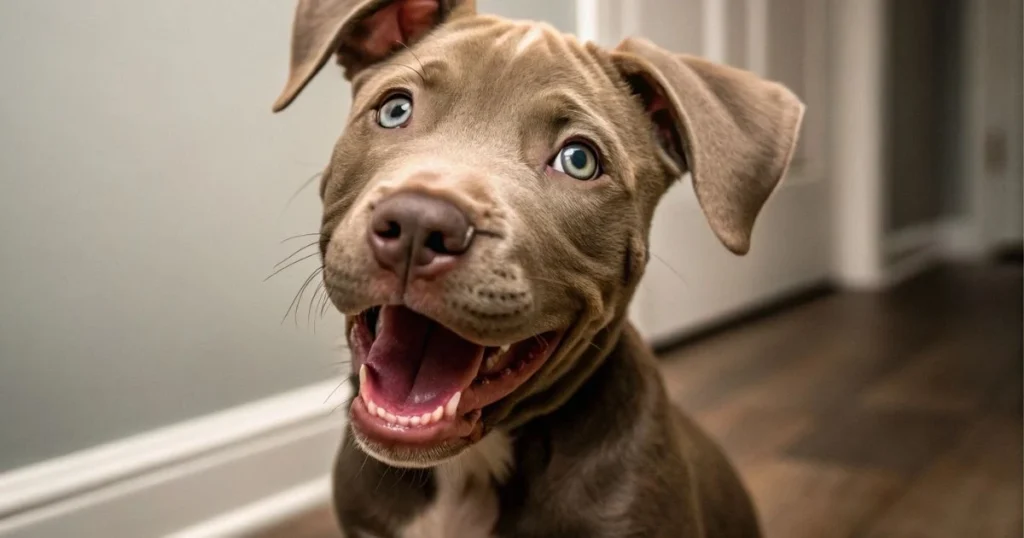
Between 8–16 weeks, your puppy is in a prime learning phase. This is when they give their views on the world. If they miss out on positive experiences, they may become anxious or reactive later.
Why Socialization Matters
Key Experiences to Introduce
- Different types of people (ages, sizes, clothing styles)
- Friendly dogs and animals
- Noises like vacuums, sirens, or traffic
- Places: sidewalks, vet clinics, parks, pet-friendly stores
Puppy Socialization Checklist
- ✅ Enroll in a puppy class
- ✅ Set up safe puppy playdates
- ✅ Visit family/friends with calm pets
- ✅Handle the mouth to prepare claws, ears, mouth
- ✅ Expose to car rides, stairs, and crates
Each new experience should be paired with treats and praise, creating a positive connection.
Growth Milestones by Age
Your Lab Pit Mix will go through major changes in their first year. Use this timeline to track progress:
| Age | Milestones | Training Focus | Feeding Schedule |
|---|---|---|---|
| 8–12 weeks | Teething, bonding begins | Crate, name recall, potty | 3–4 meals/day |
| 3–6 months | High energy, rapid learning | Leash training, basic commands | 3 meals/day |
| 6–9 months | Adolescence, testing boundaries | Social skills, consistency | 2–3 meals/day |
| 9–12 months | Settling behavior, more independence | Reinforce manners, new tricks | 2 meals/day |
| 12+ months | Transition to adulthood | Off-leash recall, impulse control | Adult feeding plan |
Nutrition & Feeding Tips
Nutrition fuels your pup’s growth and development. The wrong diet can lead to obesity or joint issues.
Choosing the Right Food
- Look for large-breed puppy food
- Prioritize real meat proteins as first ingredients
- Avoid artificial dyes, fillers, and meat by-products
- Consult your vet about portion sizes
Sample Puppy Meal Plan
Here’s a simple homemade option you can try alongside commercial kibble:
| Meal Time | Ingredients | Portion Size |
|---|---|---|
| Breakfast | Ground turkey, rice, shredded carrots | 1 cup |
| Lunch | Kibble with pumpkin or bone broth | ¾ cup |
| Dinner | Chicken breast, peas, brown rice | 1 cup |
Always introduce slowly new foods and monitors for allergies.
Healthy Treats and Supplements
- Use small, soft training treats in moderation
- Try natural chews like frozen carrots
- Consider omega-3 supplements for coat and brain development
- Avoid toxic foods like onions, garlic, chocolate, grapes
Exercise Needs & Mental Stimulation
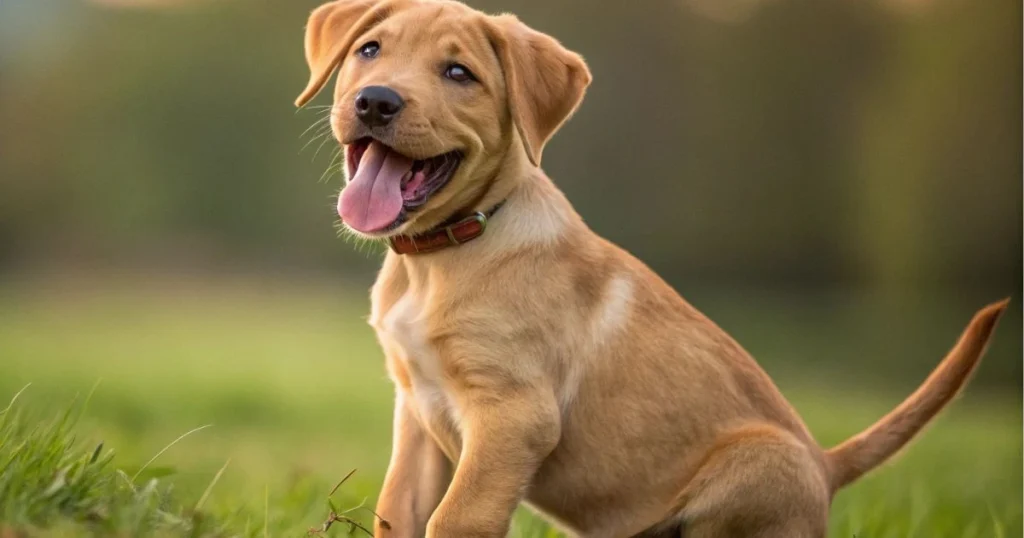
Your Lab Pit Mix is a powerhouse of energy. Physical activity isn’t optional—it’s essential.
Daily Physical Exercise
Dimensions for 60 to 90 minutes per day, including:
- Two brisk walks
- Backyard fetch sessions
- Obstacle games or tug-of-war
Too little exercise = a destructive pup with energy to burn.
Mental Stimulation Matters
A bored dog is a misbehaving dog. Keep their mind engaged with:
- Puzzle toys
- Food-dispensing balls
- Scent games (hide-and-seek with treats)
- DIY training challenges
Common Health Concerns
Every breed mix carries some health risks. With the Lab Pit Mix, watch for:
- Hip dysplasia (common in Labs)
- Skin allergies (both parents prone)
- Obesity (they love to eat!)
- Bloat (don’t feed right before/after exercise)
Preventive Care Tips
- Stick to your vaccination schedule
- Visit the vet regularly for checkups
- Use flea/tick and heartworm prevention
- Spay or neuter by your vet’s recommended age
Keep a log of weight, behavior changes, and appetite—early detection saves lives.
Frequently Asked Questions
Are Lab Pit Mix puppies easy to train?
Yes! They’re smart, food-motivated, and eager to please. Just stay consistent and positive.
How big do Lab Pit Mix puppies get?
Adults typically weigh 50 to 80 pounds depending on genetics and diet.
What age should I start training?
Start basic commands and crate training as early as 8 weeks.
Can Lab Pit Mix puppies live with kids and pets?
Absolutely—with proper socialization, they’re gentle, playful, and affectionate.
How often should I feed my puppy?
3–4 times daily until 6 months old, then gradually reduce to 2 meals/day.
Conclusion: Your Path to Raising a Balanced Companion
Raising a Lab Pit Mix puppy isn’t always easy—but it’s always worth it. These dogs crave your leadership, thrive on your love, and reward you with fierce devotion and joyful companionship. When you invest your time into training, socialization, and their health, you’re not just shaping their future—you’re building a lifelong bond.
So keep showing up. Stay patient. Celebrate the wins, big and small.
You’ve got this—and your puppy is lucky to have you.
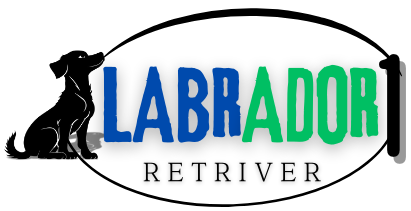
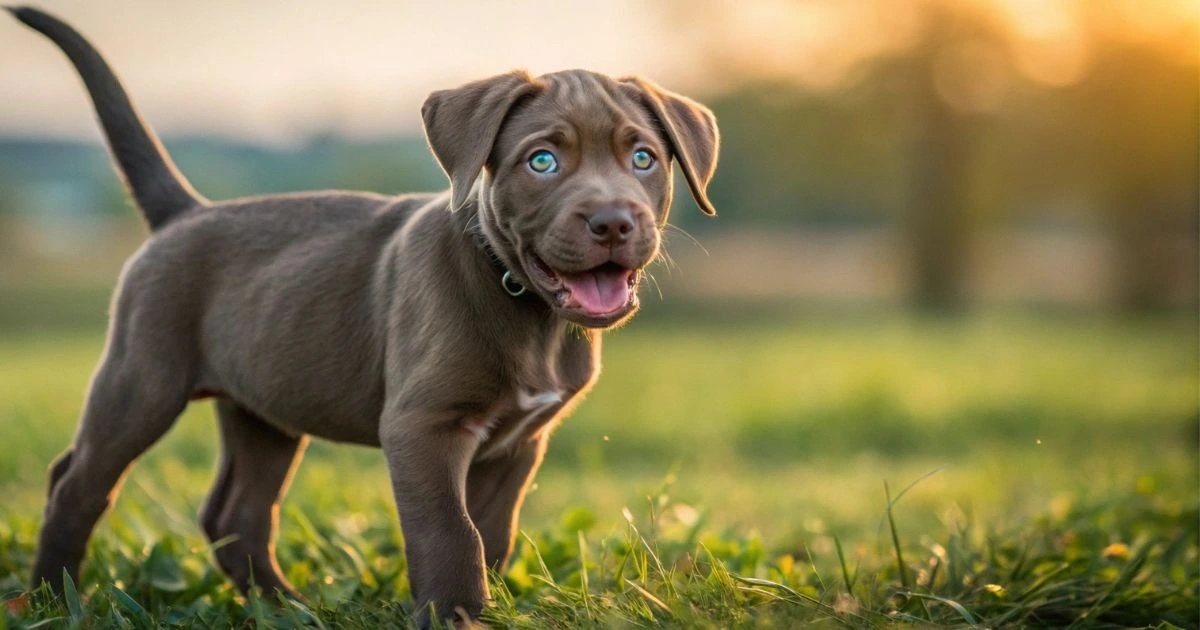
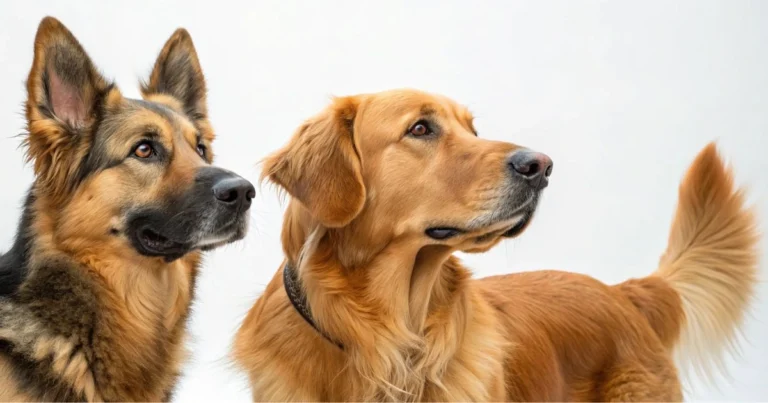
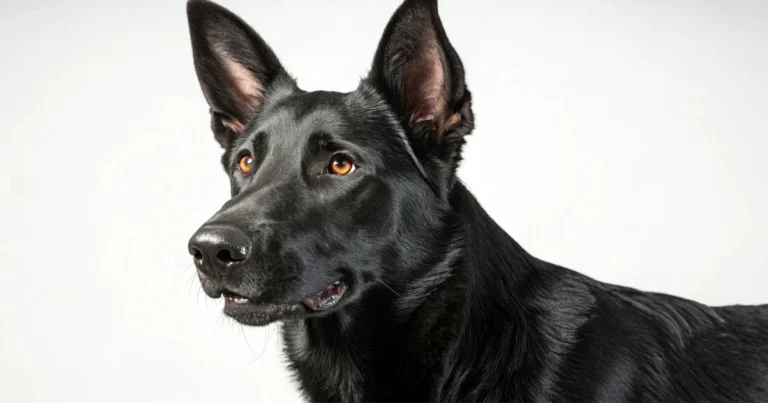

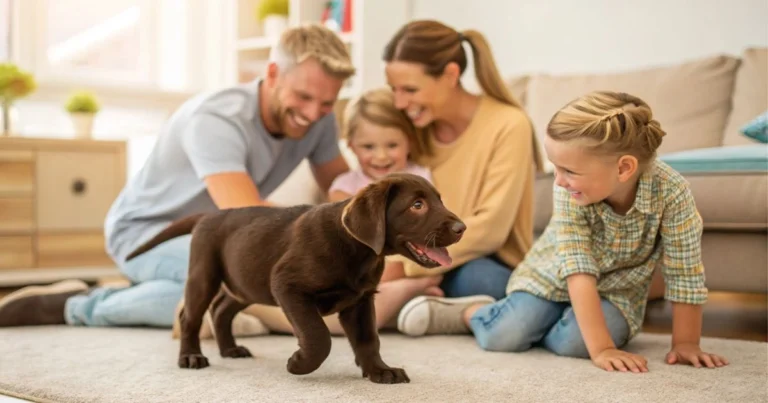

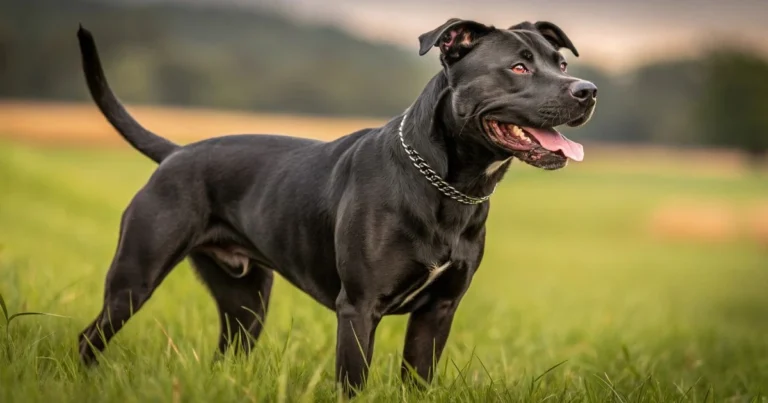
One Comment
Comments are closed.